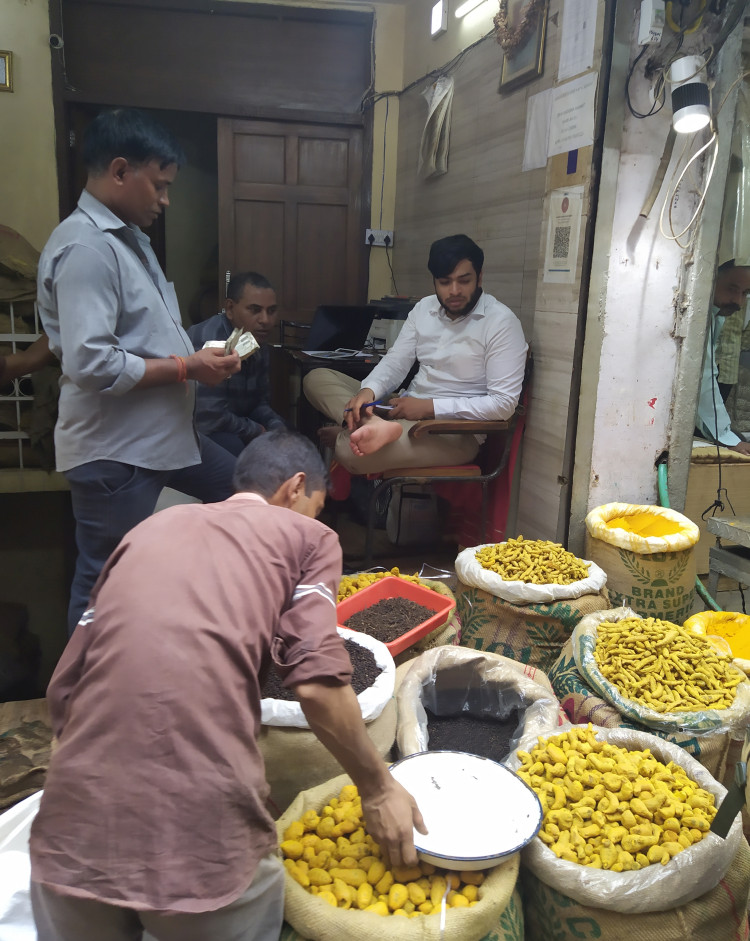
A spice wholesale market in India. Trade in dried culinary herbs and spices is important worldwide and these are some of the most widely irradiated products. Irradiation is done to ensure that the goods are free of food poisoning bacteria (C. Blackburn FAO/IAEA)
The IAEA and FAO are helping countries establish and expand food irradiation services and reduce food loss and waste. Vietnam, for example, has secured profits from fresh fruit exports to the United States and Australia, highlighting the economic benefits of adopting food irradiation technology. The development of soft beam technology, which can treat at or near the surface of food, is a promising direction for improving the quality and safety of foods, especially surface-sensitive foods such as shell eggs, raw meat and spices.
“This technology will give countries access to unique products and the U.S. market, and it will also generate new foreign currency,” said Suresh Pillai, director of the National Electron Beam Research Center at Texas A&M University. “It will give Americans access to fruit that they wouldn't have access to otherwise.”
Collaborative research initiatives, such as those underway at Tsinghua University in China and Texas A&M University in the United States, are leading the way in optimizing irradiation processes and developing new applications for food safety. These efforts highlight the potential for mechanical source irradiation to transform the food industry, ensure higher cleanliness standards, and deliver safe, high-quality food worldwide. At the same time, coordinated research efforts and the implementation of innovative irradiation technologies will minimize food waste, prevent foodborne illness, and facilitate international food trade.
The IAEA and FAO aim to strengthen national capacity in member countries to apply irradiation for food safety and quality, and phytosanitary safety, and both organizations work closely with the International Plant Protection Convention (IPPC) and the Codex Alimentarius Commission to harmonize irradiation standards worldwide.
Last year, the IAEA and FAO launched the flagship Atoms4Food initiative to scale up the use of innovative nuclear technologies to increase agricultural productivity, reduce food waste, ensure food safety, improve nutrition and adapt to the challenges of climate change.



